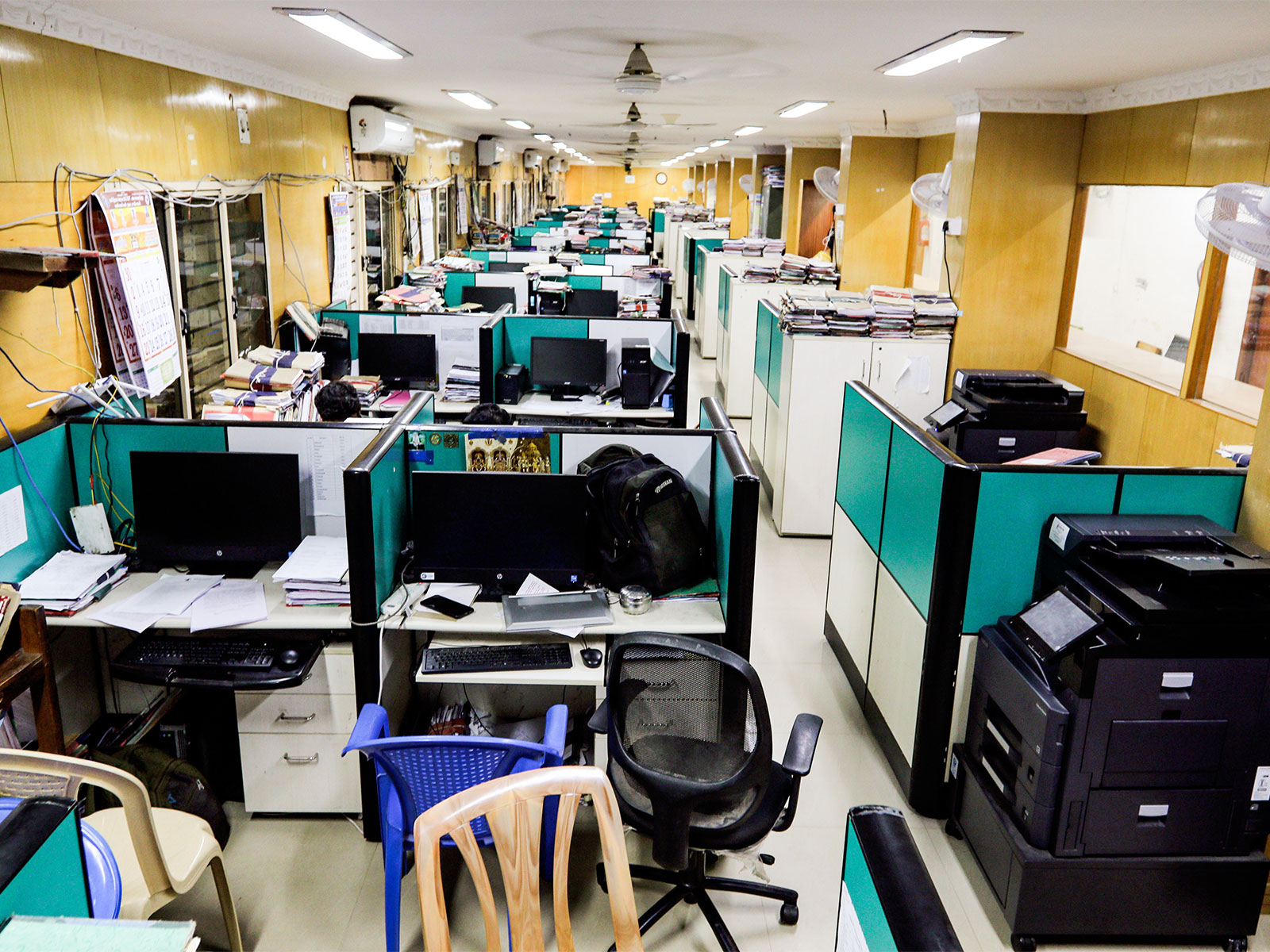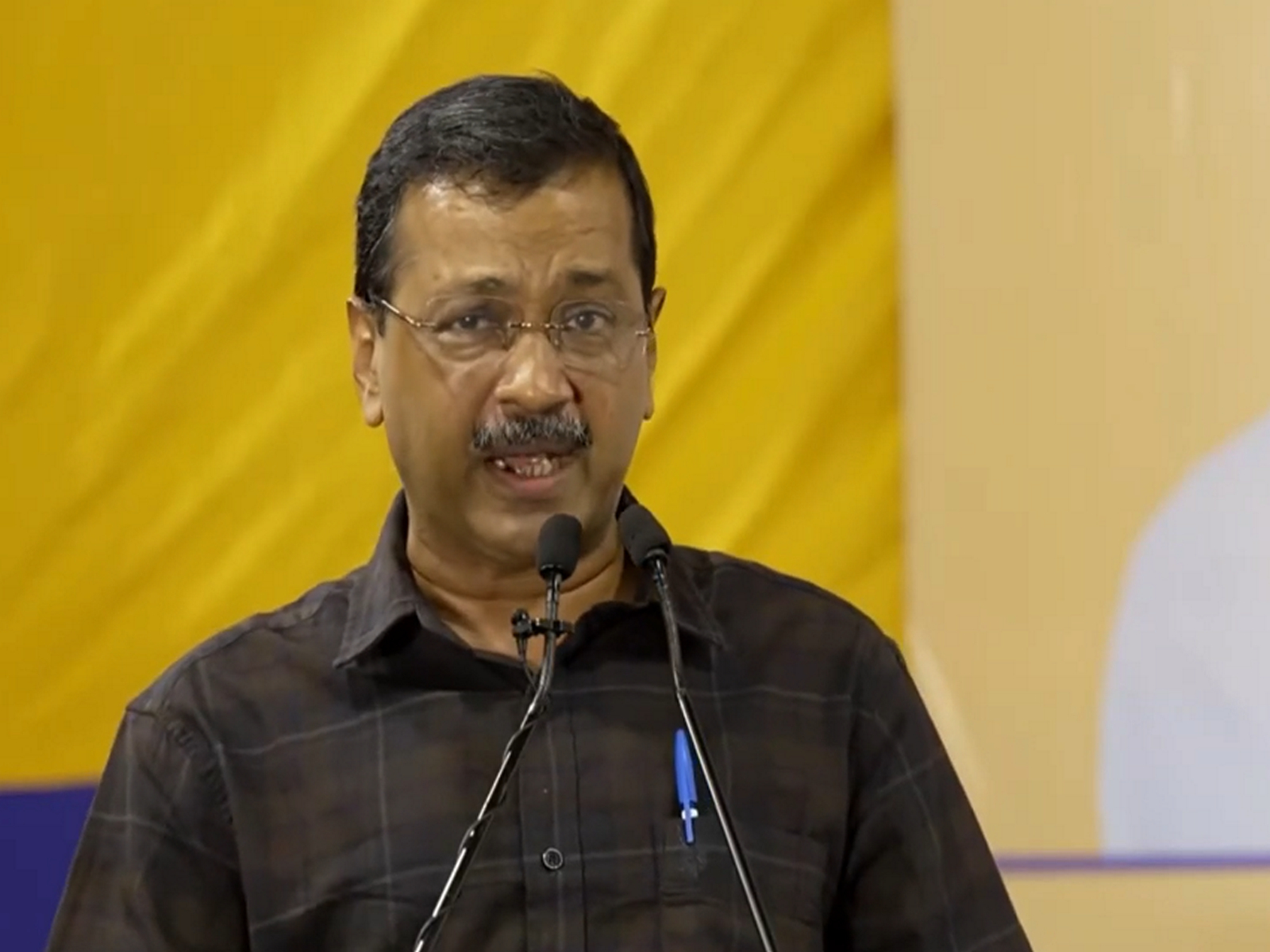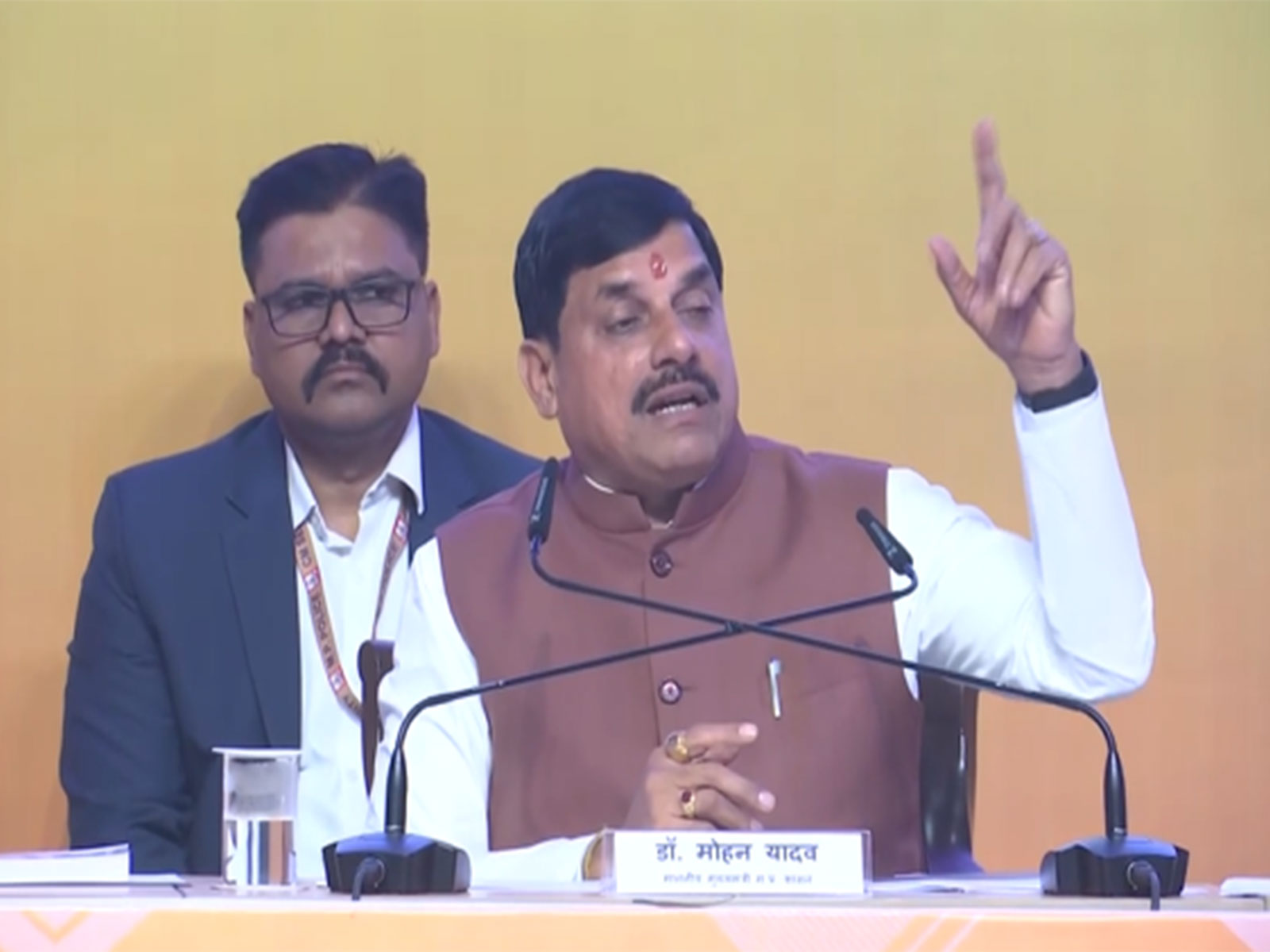Industry cheers India export data, says growth reflects resilience and adaptability
Mar 18, 2024

New Delhi [India], March 18 : Indian industry has cheered the latest exports data that were released on March 15. According to the data, India's overall exports, merchandise and services combined, in February 2024 are estimated to be USD 73.55 Billion, exhibiting a positive growth of 14.20 per cent on a year-on-year basis.
Industry body FICCI hailed the data saying it showed the resilience and adaptability of Indian exporters in navigating global headwinds.
"Heartening to see double-digit growth in exports in February 2024...The continued policy support and industry's efforts would lead to India's exports continuing their strong performance," Secretary General of industry body FICCI, Shailesh Pathak was quoted as saying by FICCI in its post on X.
According to Dr Azadar Khan, Co-Chair, FICCI, Foreign Trade and Trade Facilitation Committee; and Sr. Vice President, Regulatory Affairs and Corporate Relations, Sun Pharmaceutical Industries Ltd, "Delighted to see the improvement in India's exports, despite persistent global challenges. This growth reflects industry's competitiveness and has been possible due to concerted efforts of both businesses and policymakers."
Harish Ahuja, Chair, FICCI Foreign Trade and Trade Facilitation Committee and Managing Director, Shahi Exports, said trade data reflected strong commitment of the country's exporters' community to seize opportunities and overcome obstacles.
Ahuja said it has been possible due to continued support of the government.
"Despite difficult and challenging global situation, (merchandise) exports in February recorded a growth of 11.9 per cent. This reflects strong commitment of our exporters' community to seize opportunities and overcome obstacles and has been possible due to continued support of the government. We are determined to build upon this growth momentum to further expand overall exports," said Ahuja.
India's overall exports, merchandise and services combined, in February 2024 are estimated to be USD 73.55 Billion, exhibiting a positive growth of 14.20 per cent on a year-on-year basis. Of the total exports, merchandise exports were to the tune of USD 41.40 billion, as compared to USD 37.01 billion in February 2023.
Overall imports in February 2024 are estimated to be USD 75.50 billion, with a growth of 10.13 per cent.
India's overall exports during the April-February period of 2023-24 are estimated to be USD 709.81 billion, a positive growth of marginal 0.83 per cent over April-February 2022-23. Overall imports during the period are estimated to be USD 782.05 billion, with a negative growth of (-) 4.64 per cent.
For February 2024, under merchandise exports, 22 of the 30 key sectors exhibited positive growth in February 2024 as compared to the same period last year (February 2023). These include handicrafts excluding hand-made carpets, tobacco, electronic goods coffee, tea, meat, dairy and poultry products, oil seeds, and organic and inorganic chemicals, among others.
India's trade deficit has shown considerable improvement in April-February 2023-24.
Overall trade deficit for April-February 2023-24 is estimated at USD 72.24 billion as compared to the deficit of USD 116.13 billion during April-February 2022-23, registering a decline of (-) 37.80 percent.
The merchandise trade deficit during April-February 2023-24 is USD 225.20 Billion compared to USD 245.94 Billion during April-February 2022-23, registering a decline of (-) 8.43 percent. Trade deficit is basically the difference between exports and imports.
India's overall exports in March ended the financial year 2022-2023 were worth USD 775.87 billion, a growth of over 14 per cent and almost USD 100 billion more than last year's figures.
In 2022-23, India's merchandise and services exports rose 6.74 per cent and 27.86 per cent to USD 450.43 billion and USD 325.44 billion, respectively.
Among various steps the government took was to launch a Production Linked Incentive (PLI) scheme in varied sectors, including electronic goods, to make Indian manufacturers globally competitive, attract investments, enhance exports, integrate India into the global supply chain and reduce dependency on imports. These seemed to have reaped dividends.




















